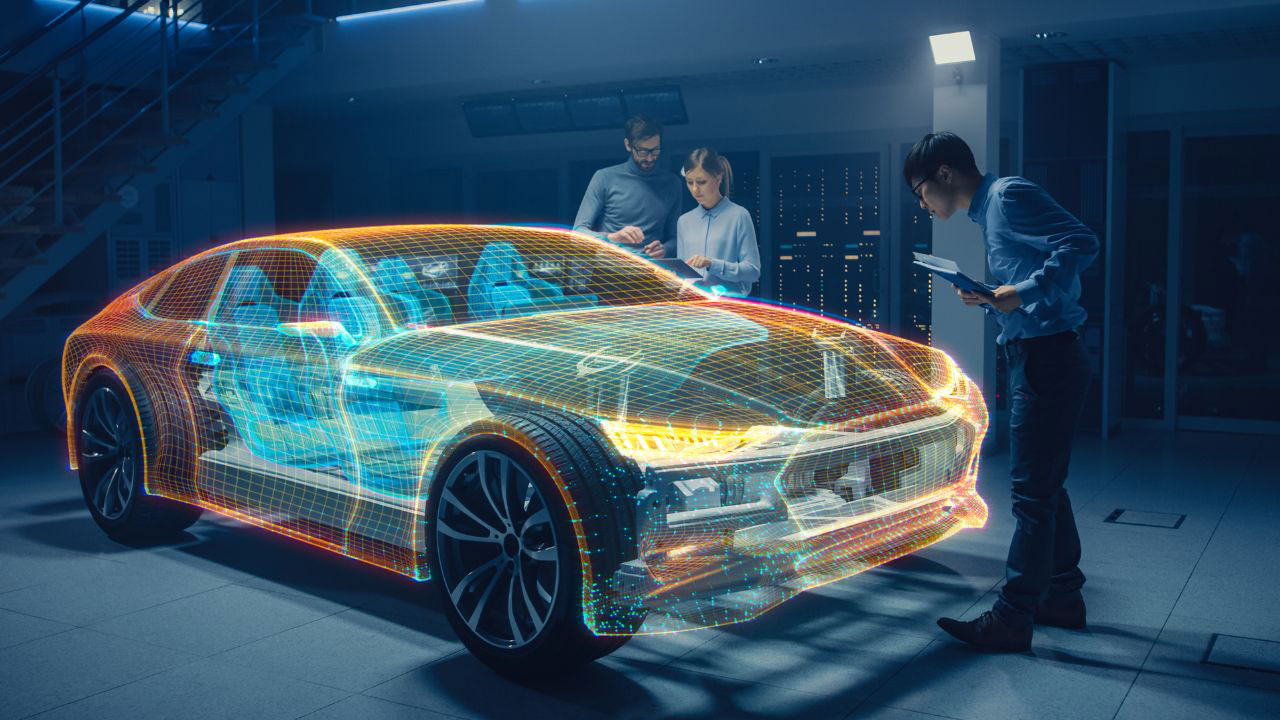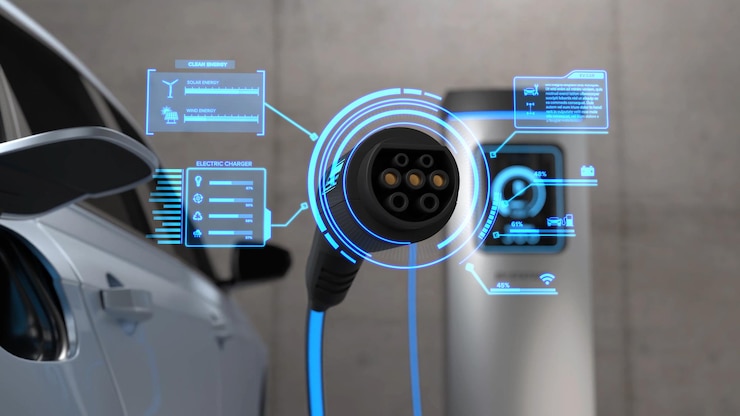The concept of gigafactories around the world has rapidly become a crucial element in the global manufacturing landscape. These massive production facilities are designed to produce electric vehicle (EV) batteries on an unprecedented scale, revolutionizing the way we approach sustainable energy and transportation. As the demand for electric vehicles and renewable energy storage solutions grows, gigafactories are becoming instrumental in meeting these demands efficiently and sustainably.
In this article, we will delve into the details of gigafactories, explore their significance, and examine the impact they have on the global economy and environment. From their origins to their future potential, gigafactories are reshaping industries and paving the way for a greener future.

What Are Gigafactories?
Gigafactories are large-scale production facilities that focus on manufacturing lithium-ion batteries and other components necessary for electric vehicles and energy storage systems. The term gigafactory was popularized by Tesla, with its first gigafactory in Nevada, USA, aiming to produce a significant portion of the worlds lithium-ion batteries.
The Rise of Gigafactories
The rise of gigafactories is closely linked to the increasing demand for electric vehicles and renewable energy solutions. As traditional internal combustion engines are phased out, the need for efficient and sustainable battery production has become paramount. Gigafactories address this need by offering economies of scale that reduce production costs and boost efficiency.
Key Players in the Gigafactory Race
Several major companies are leading the charge in the gigafactory race. Tesla remains at the forefront, with multiple gigafactories across the globe, including in the USA, China, and Europe. Other significant players include CATL in China, LG Chem in South Korea, and Panasonic in Japan. These companies are not only competing to produce the most batteries but also investing in research and development to enhance battery technology and performance.
Global Distribution of Gigafactories
North America
In North America, the United States is home to several prominent gigafactories. Tesla’s Gigafactory 1 in Nevada is one of the largest, and there are plans for more facilities as the demand for electric vehicles grows. Other companies, such as General Motors and Ford, are also investing in gigafactories to support their transition to electric vehicle production.
Europe
Europe is rapidly becoming a hub for gigafactories, with countries like Germany, Sweden, and the UK leading the way. The European Union’s push for clean energy and sustainability has prompted companies to establish gigafactories to meet the region’s growing demand for electric vehicles. For example, Northvolt, a Swedish company, is building one of the largest gigafactories in Europe, aiming to supply sustainable batteries to automakers across the continent.
Asia
Asia is a significant player in the gigafactory landscape, with China leading the charge. The country’s commitment to electric vehicles and renewable energy has driven the construction of numerous gigafactories. CATL, the worlds largest battery manufacturer, has several facilities in China, and companies like BYD and Panasonic are also expanding their operations in the region. South Korea and Japan are also key players, with companies like LG Chem and Panasonic focusing on innovation and production capacity.
Impact of Gigafactories on the Global Economy
Gigafactories are not just reshaping the manufacturing sector; they are also having a profound impact on the global economy. By creating jobs, reducing dependency on fossil fuels, and promoting sustainable energy solutions, gigafactories are contributing to economic growth and stability. They also play a critical role in the supply chain for electric vehicles, ensuring that automakers have access to the batteries they need to produce their vehicles.
Job Creation and Economic Growth
The establishment of gigafactories brings significant job opportunities to the regions where they are located. From construction and operations to research and development, gigafactories create thousands of jobs and contribute to local economies. As the demand for electric vehicles continues to rise, the number of gigafactories is expected to increase, further boosting job creation and economic growth.
Reducing Dependency on Fossil Fuels
By producing batteries for electric vehicles and renewable energy storage, gigafactories help reduce dependency on fossil fuels. This shift is crucial for achieving global sustainability goals and combating climate change. As more vehicles transition to electric power, the demand for oil and gas is expected to decline, leading to a more sustainable and environmentally friendly future.
Technological Advancements in Gigafactories
Gigafactories are not only about scale but also about innovation. Companies are investing heavily in research and development to improve battery technology and efficiency. From enhancing energy density to reducing charging times, technological advancements in gigafactories are driving the evolution of electric vehicles and energy storage systems.
Research and Development
Research and development are at the heart of gigafactory operations. Companies are exploring new materials, such as solid-state batteries, to improve performance and safety. These advancements could lead to longer-lasting batteries with faster charging capabilities, making electric vehicles even more appealing to consumers.
Sustainability Initiatives
Sustainability is a key focus for gigafactories, with companies implementing eco-friendly practices to minimize their environmental impact. From using renewable energy sources to recycling battery materials, gigafactories are setting new standards for sustainable manufacturing practices.
Challenges Facing Gigafactories
Despite their many benefits, gigafactories face several challenges. From supply chain disruptions to environmental concerns, companies must navigate a complex landscape to ensure their success.
Supply Chain Disruptions
The global supply chain for battery materials is complex and often fraught with challenges. The recent chip shortage, as discussed in our article on chip shortage on EVs, has highlighted the vulnerabilities in the supply chain, affecting production timelines and costs. Gigafactories must secure a reliable supply of raw materials to maintain their operations and meet demand.
Environmental Concerns
While gigafactories contribute to sustainability, they also pose environmental challenges. The extraction and processing of raw materials can have negative environmental impacts, and the disposal of batteries remains a concern. Companies must address these issues through sustainable practices and innovative recycling solutions.
The Future of Gigafactories
The future of gigafactories is promising, with continued growth and expansion expected in the coming years. As technology advances and demand for electric vehicles and renewable energy solutions increases, gigafactories will play an even more vital role in shaping the global manufacturing landscape.
Expansion and Innovation
As more countries and companies invest in gigafactories, we can expect continued expansion and innovation. New facilities will be built, and existing ones will be upgraded to incorporate the latest technological advancements. This growth will drive further advancements in battery technology, making electric vehicles more accessible and appealing to consumers.
Collaboration and Partnerships
Collaboration and partnerships will be essential for the success of gigafactories. Companies must work together to overcome challenges, share knowledge, and develop new technologies. By fostering a collaborative environment, the industry can achieve its sustainability goals and drive the transition to a greener future.
Conclusion
Gigafactories are transforming the global manufacturing landscape, driving the transition to electric vehicles and renewable energy solutions. Their impact on the economy, environment, and technology is profound, and their importance will only continue to grow. As the world moves towards a more sustainable future, gigafactories will play a crucial role in shaping the industries of tomorrow.

FAQs
What is a gigafactory?
A gigafactory is a large-scale production facility focused on manufacturing batteries for electric vehicles and energy storage systems. These factories produce batteries on a massive scale, helping to meet the growing demand for sustainable energy solutions.
Why are gigafactories important?
Gigafactories are important because they enable the mass production of batteries, which are essential for electric vehicles and renewable energy storage. By producing batteries efficiently and sustainably, gigafactories help reduce dependency on fossil fuels and promote a cleaner, greener future.
What challenges do gigafactories face?
Gigafactories face several challenges, including supply chain disruptions, environmental concerns, and the need for continuous technological advancements. Companies must address these challenges to ensure the success and sustainability of their operations.
How do gigafactories impact the global economy?
Gigafactories impact the global economy by creating jobs, reducing dependency on fossil fuels, and supporting the supply chain for electric vehicles. Their growth and expansion contribute to economic development and promote sustainability goals.
What is the future of gigafactories?
The future of gigafactories is promising, with continued growth and innovation expected. As demand for electric vehicles and renewable energy solutions increases, gigafactories will play an even more vital role in shaping the global manufacturing landscape.
How do gigafactories contribute to sustainability?
Gigafactories contribute to sustainability by producing batteries for electric vehicles and renewable energy storage, reducing dependency on fossil fuels. They also implement eco-friendly practices, such as using renewable energy sources and recycling battery materials, to minimize their environmental impact.
What are some key players in the gigafactory industry?
Key players in the gigafactory industry include Tesla, CATL, LG Chem, and Panasonic. These companies are leading the charge in battery production and innovation, investing in research and development to enhance battery technology and performance.
For more insights on the impact of gigafactories and electric vehicle manufacturing, check out our articles on EV manufacturing in the US, EV software innovation trends, and Tesla vs. Lucid vs. Rivian.
Additionally, explore the latest EV technology trends to stay updated on the advancements shaping the future of electric vehicles.





